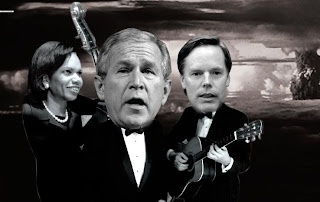What happens when the thunder-bird gets stuck in a thunderstorm? Take a cue – look at Thums Up 
Three decades and umpteen brand wars since its launch, Thums Up still makes us ‘Taste the Thunder’ every time we gulp it down. Be it with the strong taste or its brand communiqué, the brand has always remained a favourite among Indian masses. During 2006, the cola brand augmented its presence in minds of its patrons and rolled out ‘Rural Games’ for second time in row in the country. Also, the brand has featured commercials with actor Kunal Kapoor, besides featuring its chief ambassador Akshay Kumar.
For Complete IIPM Article, Click on IIPM Article

Three decades and umpteen brand wars since its launch, Thums Up still makes us ‘Taste the Thunder’ every time we gulp it down. Be it with the strong taste or its brand communiqué, the brand has always remained a favourite among Indian masses. During 2006, the cola brand augmented its presence in minds of its patrons and rolled out ‘Rural Games’ for second time in row in the country. Also, the brand has featured commercials with actor Kunal Kapoor, besides featuring its chief ambassador Akshay Kumar.
For Complete IIPM Article, Click on IIPM Article
Source : IIPM Editorial, 2007
An IIPM and Professor Arindam Chaudhuri (Renowned Management Guru and Economist) Initiative












